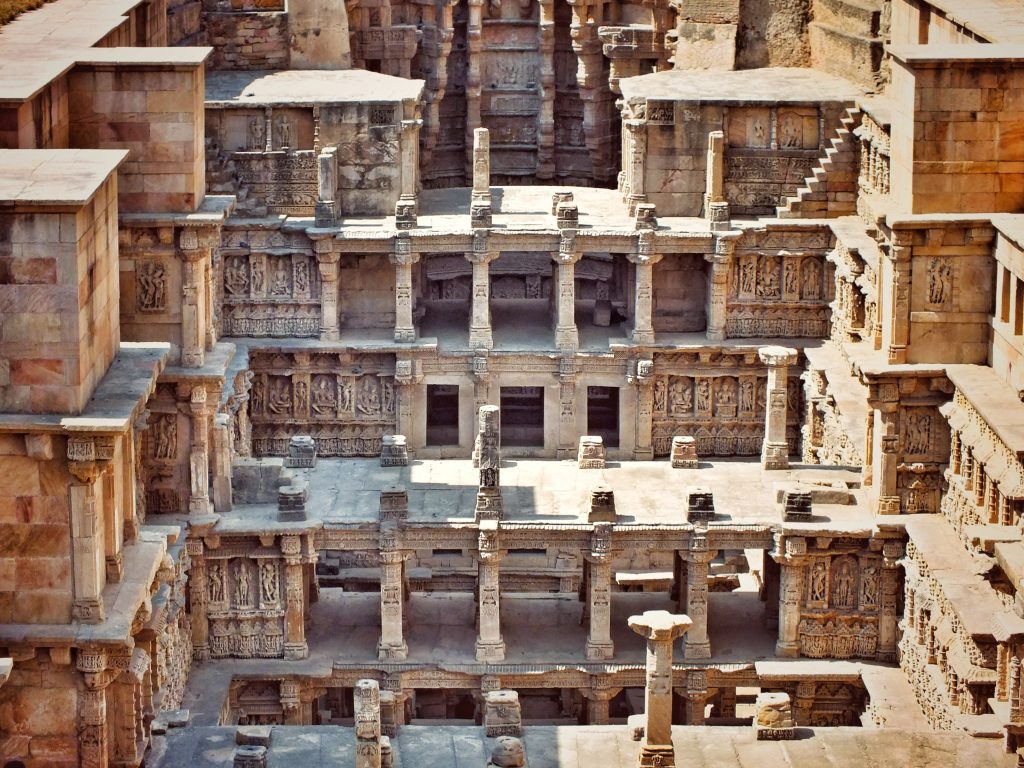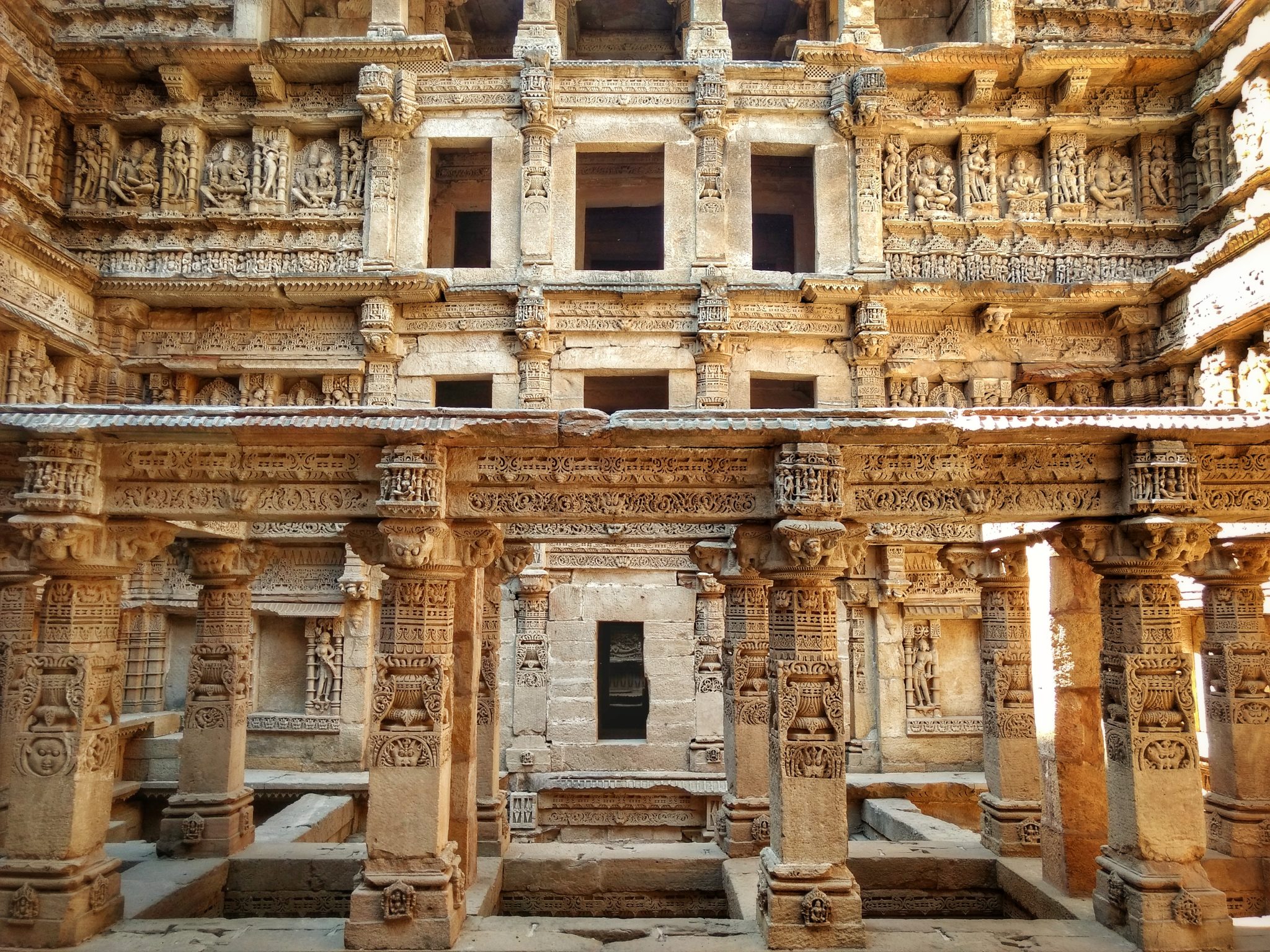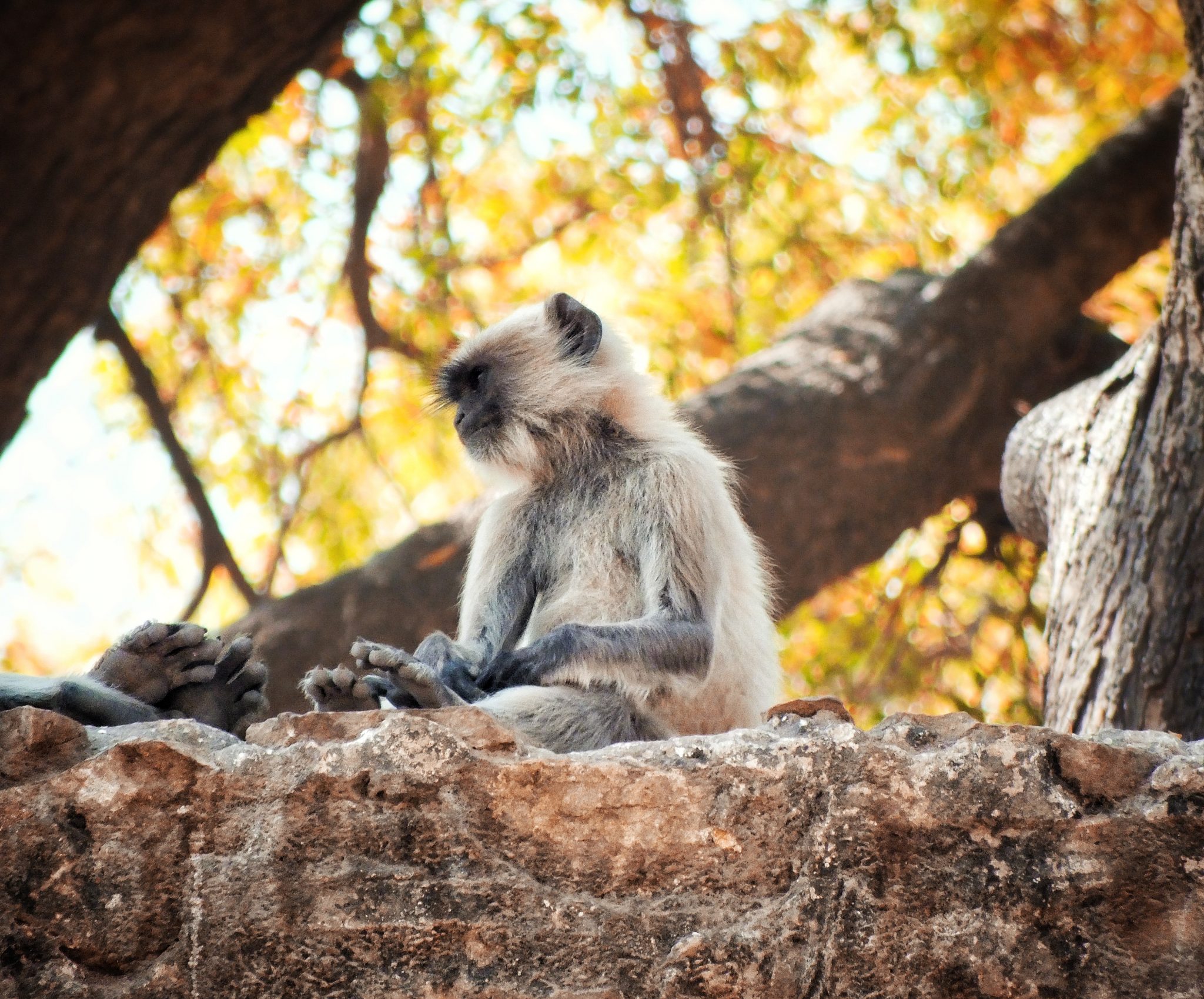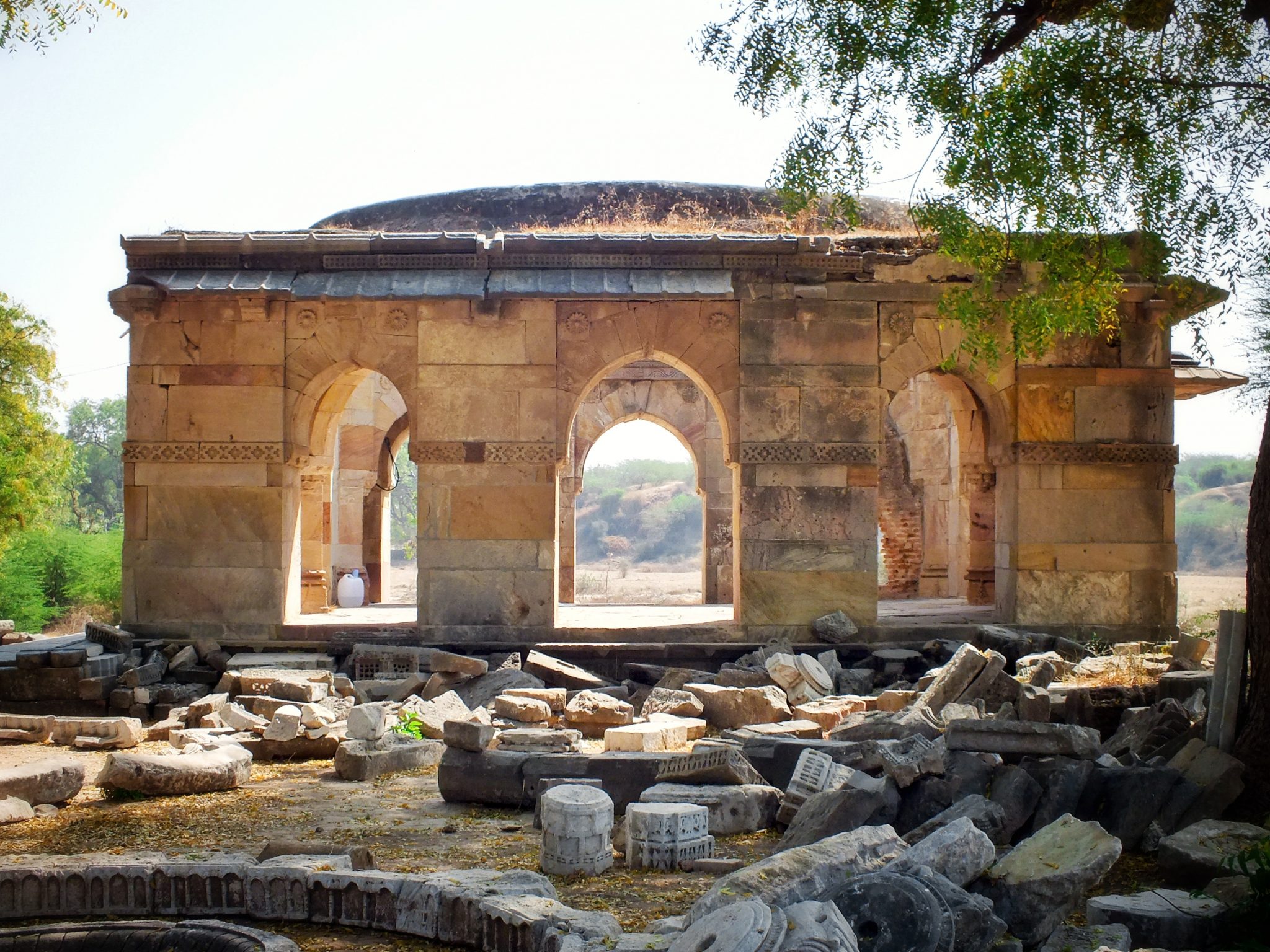
Rani Ki Vav (The Queen’s Stepwell), Patan, Gujarat
Rani Ki Vav is a spectacular structure that is located in the town of Patan in Gujarat, India. It is a UNESCO World Heritage Site and is considered one of the most remarkable examples of stepwells in India. This unique and intricate stepwell was constructed in the 11th century and was commissioned by Rani Udayamati, the wife of King Bhimdev I. It is believed that the stepwell was built to commemorate the king’s victory over the Chalukyas.
Rani Ki Vav is a massive structure that is made up of seven levels of stairs, chambers, pavilions, and sculptures. It is more than 65 meters long and 20 meters wide and is divided into two sections: the upper section, which is devoted to the deities of the Hindu pantheon and the lower section, which is devoted to the nagas or water deities. The stepwell is also adorned with about 500 sculptures of Hindu deities and numerous inscriptions in Sanskrit and Apabhramsha.
Rani Ki Vav is an excellent example of the Maru-Gurjara architectural style that was prevalent in the region during the 11th century. It is the most elaborate example of this style and is renowned for its intricate details and sculptures. In addition to the sculptures, the stepwell also features intricate carvings and decorative motifs. The stepwell is also a great example of how the architecture of India evolved over the centuries.
Rani Ki Vav is truly a magnificent structure and is a must-see for anyone visiting Gujarat. It is a testament to the creativity and skill of the artisans of the 11th century and is one of the finest examples of stepwells in India. Rani Ki Vav is an exquisite example of the Maru-Gurjara architectural style and is one of the most remarkable monuments in India. It is an absolute must-see for anyone interested in the history and culture of India.







